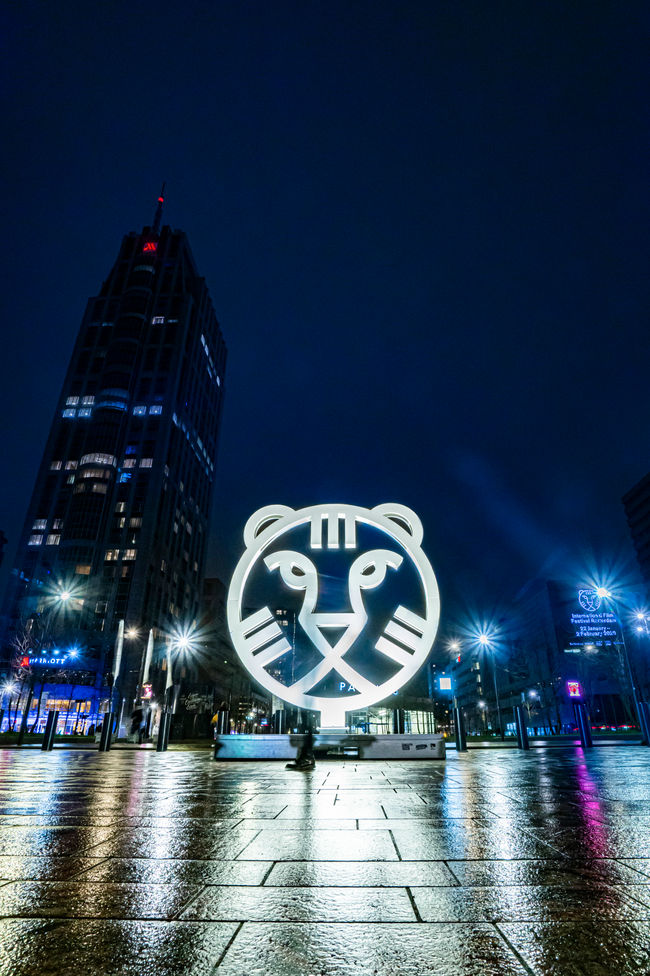Critical Practice:
02 February 2020
Critical Practice: art as a means of finding salvation
Art as a means of finding salvation
By Young Film Critic Aina Randrianatoandro
The first images of My Heart (Poland, 30mn) directed by Damien Kocur show the protagonist, Rozalie, who presents herself as an actress. Having found a new job opportunity with a theatre troupe from the provincial town of Walbrzych, she decides to leave Warsaw with her son Kazek. Adjusting to this new life is especially difficult for Kazek. He fails to integrate into his new school. Eventually, he ends up being expelled from school to the chagrin of his mother.
While Kazek’s issues affect her, Rozalie finds salvation through art. She experiences moments of joy through ballroom dancing. But above all, she gives her all during the rehearsals of the theatre troupe. Their first performance was a great success. My Heart shows us how artistic practice, especially acting in theatre performance contribute to give happiness and hope in a hard life.
All the characters of Chassé (Denmark, 31 mn) directed by Michella Bredahl are women who, due to various personal circumstances, find themselves working as strippers in a night club. It is a documentary whose realistic portrait also includes a neat and very aesthetic staging. We closely follow the daily life of these girls when they take baths, chat in their room or during their striptease rehearsals. Through their confidence in front of the camera, we learn that their past and their daily life is dark. For example, one of the women expressed that in her lifetime, she has never done what she likes and has grown up without the love of her parents.
Chassé highlights again the saving power of art for these girls. In fact, they evoke that their dance is the medium through which they express their emotions. Moving their body to the rhythm of the music is a deliverance. It is the means which enables them to recover their self-esteem.
The third and final short film in the series, directed by Laurence Attali, Tabaski (Senegal, 26mn), is a tribute to the Senegalese painter Iba Ndiaye (1928-2008) who notably authored the series of tables entitled Tabaski. The slaughtered rams depicted in his paintings refer to the Feast of Tabaski, where these animals are sacrificed to commemorate Abraham's devotion to God when he accepted to sacrifice his only son Isaac.
However, for the late Iba Ndiaye it is above all a way of paying tribute to all the great political figures who sacrificed their lives for an ideal (Martin Luther King, Patrice Lumumba, Thomas Sankara).
Painting for him was an outlet for his sadness at the loss of these great men. Tabaski shows us the cathartic power of the art of painting in this artist.
Tabaski by Laurence Attali won Voices Short Award IFFR 2020.



















